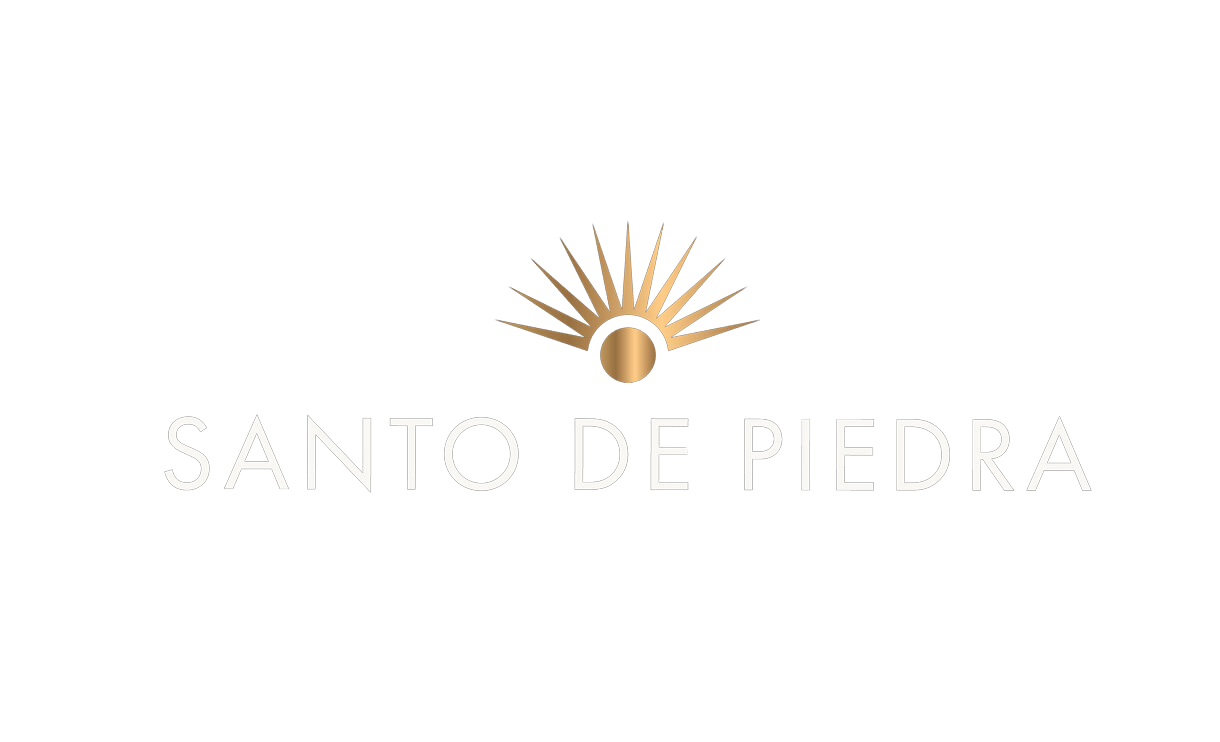The Mystic Voyage of Saint Louis to Oaxaca
The Mystic Voyage of Saint Louis to Oaxaca
By Raul Injoque
The road to San Luis del Río is long and curved. It leaves the main highway south of Oaxaca City and climbs slowly through dry hills before dropping into a valley that feels untouched by order. The slopes on both sides are covered in wild agaves — Tobalá, Tepeztate, and Cuishe. They don’t grow in neat rows or lines. They grow where the wind lets them. Some cling to the rocks, others open wide on the softer soil. From a distance, the mountains look as if they were painted with green stars.
San Luis del Rio, Oaxaca
By the time you reach the first houses, the air has changed. The scent of roasted agave and river water mixes with the dust. People wave from their doorways. Someone always offers mezcal. It’s not a transaction. It’s just how things begin here. They pour a small glass, tell you who they are, and ask where you came from. You drink, and you’re part of the place. At the end of town, past the last adobe walls and a few wandering goats, there’s a small white church. Inside, behind the altar, a saint efige catches the light. The villagers say that the faint face on it belongs to Saint Louis, King of France. Nobody knows how it got there, or why the town bears his name. But they keep the candles lit.
Altar of San Luis del Río, Oaxaca.
That night, after a few more glasses of mezcal by the river, I dreamed. I saw the king standing in a dark chapel, his armor dull, his hands empty. He prayed for something new — not victory, not gold — just a sign that faith still meant something. Then the air shifted, and he was walking under the Oaxacan sun. He followed a river lined with agaves and reached a stone where he placed his crown. The crown sank into the rock. In the morning, the villagers told me that’s how the story goes. The king never came here in life. He came in a dream, and left a mark that became a place. When the first mezcaleros built their ovens, they said the agaves of this valley carried his blessing. The smoke that rose was both offering and memory.
New image of St. Louis King of France at San Luis del Rio.
That’s the spirit behind Santo de Piedra. It’s made here, in this valley where the agaves grow wild and the people still greet strangers with a drink. The mezcal carries the taste of volcanic earth, river stone, and the quiet patience of the hills. It doesn’t pretend to be perfect. It remembers where it comes from.
Maybe Saint Louis never crossed the sea. Maybe he only dreamed of this valley. But the dream was enough. It’s still here — in the stone, in the people, and in every bottle that leaves San Luis del Río.



